Contact us.
Location
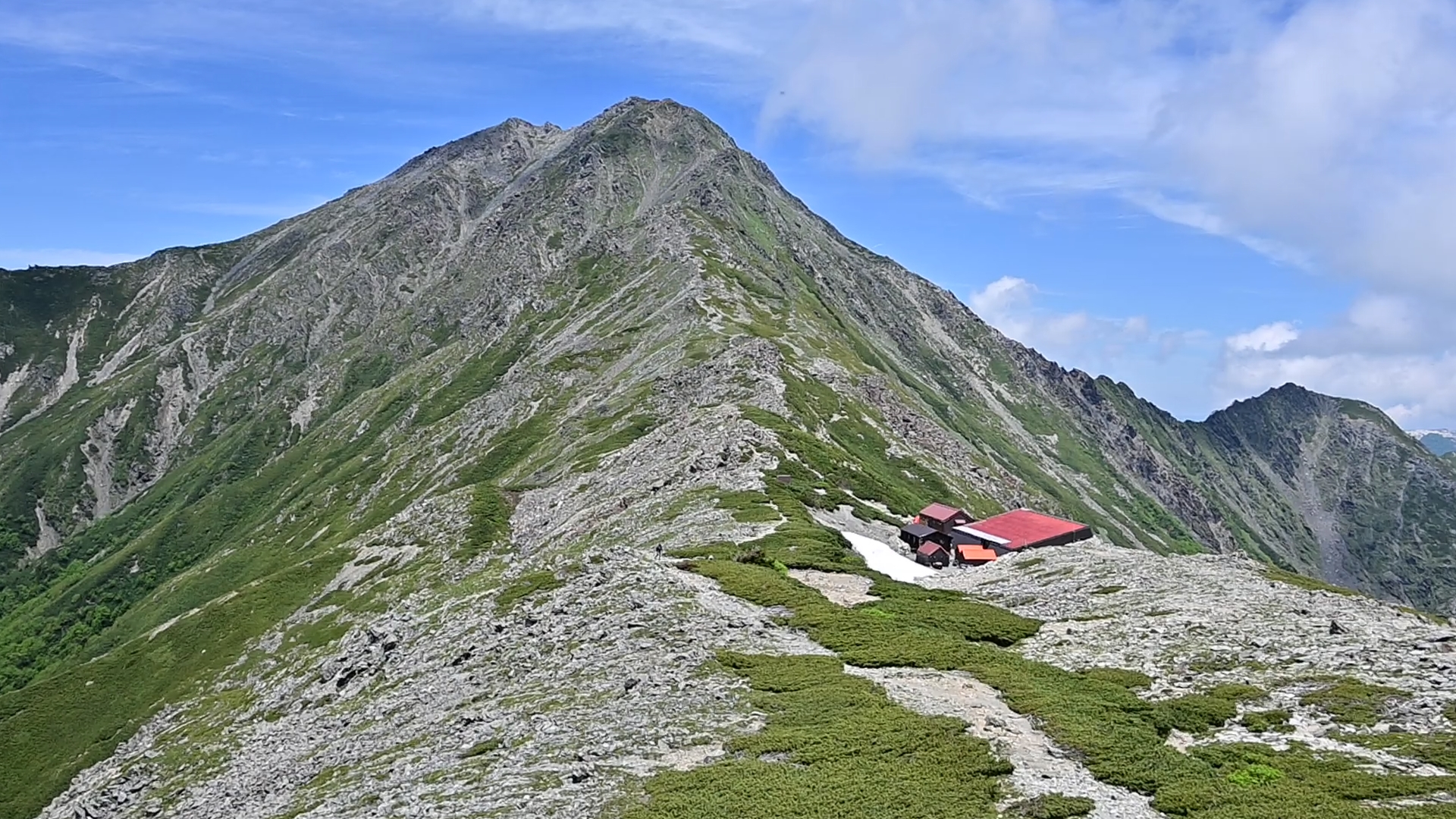
There’s a question that always comes up—either when I’m hiking solo or chatting with fellow hikers:
“What are your three favorite peaks?”
It refers to mountains within Japan—not necessarily the celebrated ones from the Japan’s 100 Famous Mountains list. It’s about peaks that truly resonate with me, regardless of their height or fame—just the places I personally love.
For me, the answer includes Mt. Kitadake, alongside Mt. Iide and Mt. Moriyoshi. Mt. Kitadake is the second-highest peak in Japan, standing at 3,193 meters, just behind Mt. Fuji (3,776 meters). It’s well-known, and naturally, part of the said 100 Famous Mountains. During the brief summer hiking season—from late June to the end of September—it’s tough to book mountain huts, with crowds flocking to the trails. So, it’s definitely not a hidden gem in that sense.
But what truly fascinates me is the east face of Kitadake, famously known as the 'Kitadake Buttress'.
This massive granite wall rises roughly 600 meters, forming four distinctive gullies and faces that reach directly to the summit. It’s the highest climbing wall in Japan, and I’ve been absolutely captivated by it and climbed many times when I was a serious rock climber.
As mentioned before, Mt. Kitadake can get crowded in summer, yet it still offers a more comfortable experience compared to the heavily overrun trails of Mt. Fuji. But it’s not a casual hike that anyone can tackle without proper preparation—it’s a demanding route best suited for seasoned hikers equipped with the right gear.
Even during summer, early mornings at elevations above 3,000 meters can be bitterly cold. Warm layers and high-quality rainwear are essential. In contrast, daytime temperatures can feel surprisingly warm despite the altitude, so bringing at least two liters of water is crucial to stay hydrated.
Despite the physical demands, hiking along Japan’s highest and most panoramic ridgeline offers an experience that’s hard to forget. In June, Mt. Kitadake bursts into bloom with countless alpine flowers, unveiling the season’s breathtaking expression. For travelers seeking a truly memorable adventure, Mt. Kitadake stands out as an ideal choice for early summer exploration.

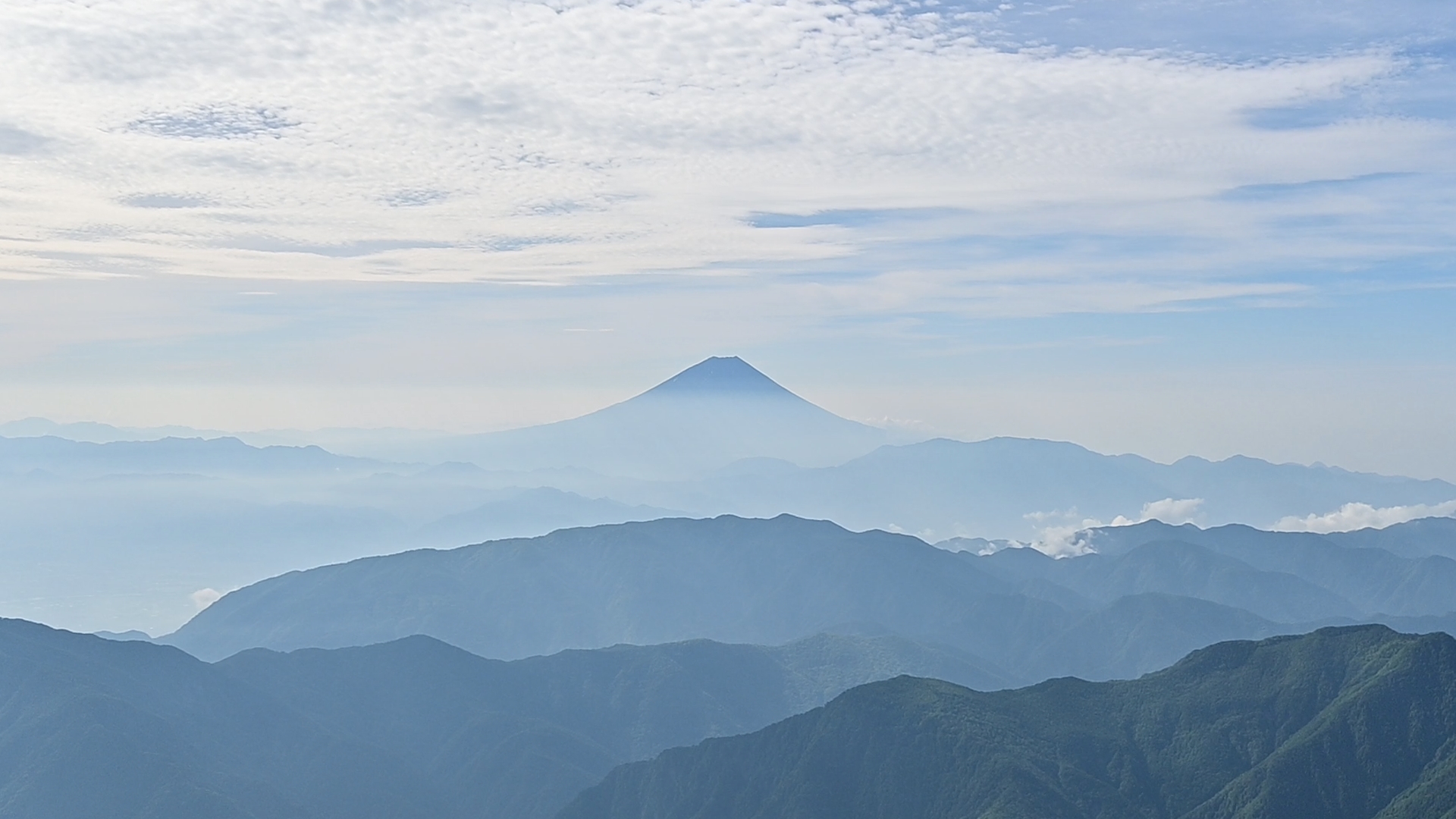
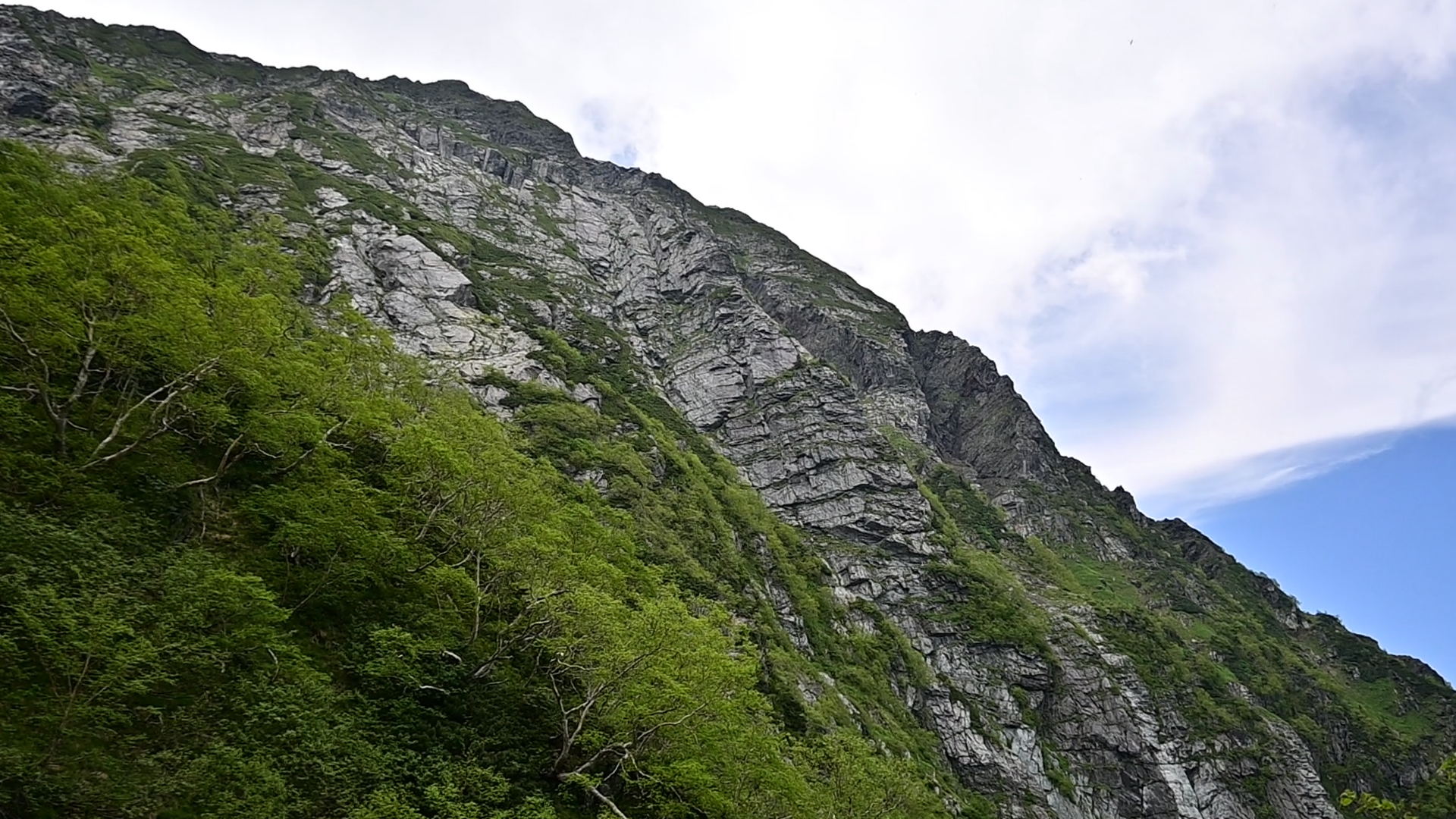
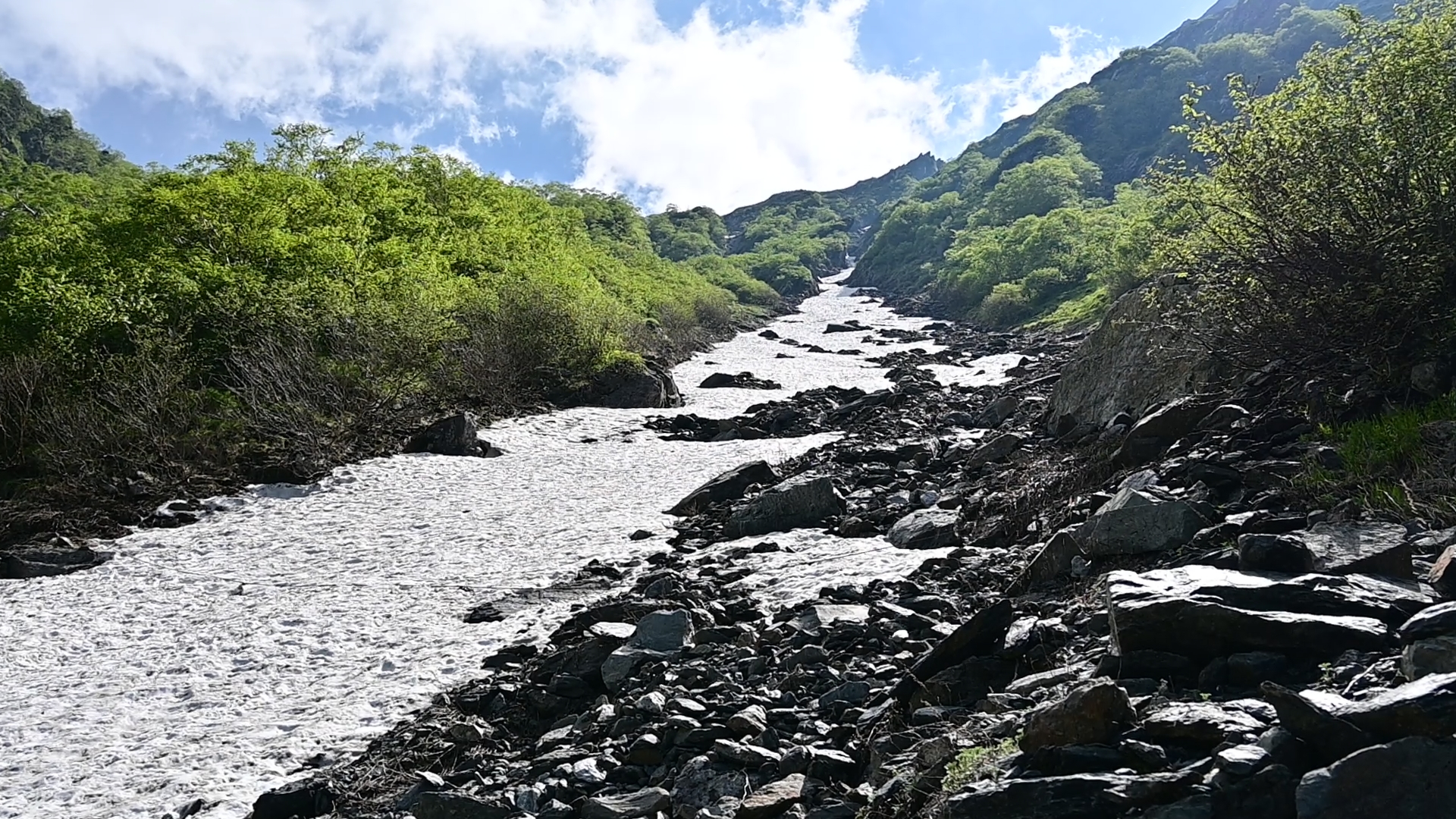
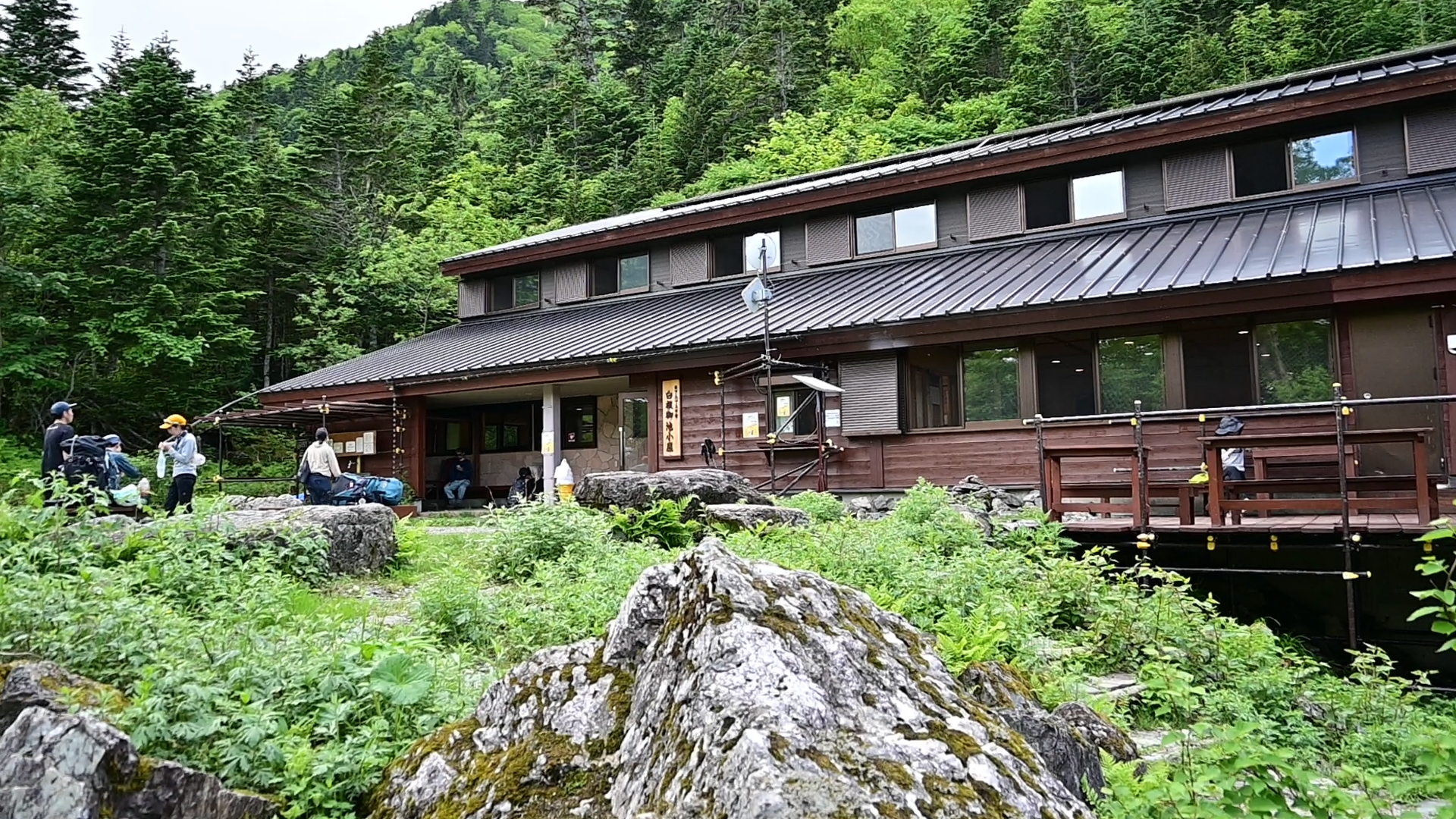
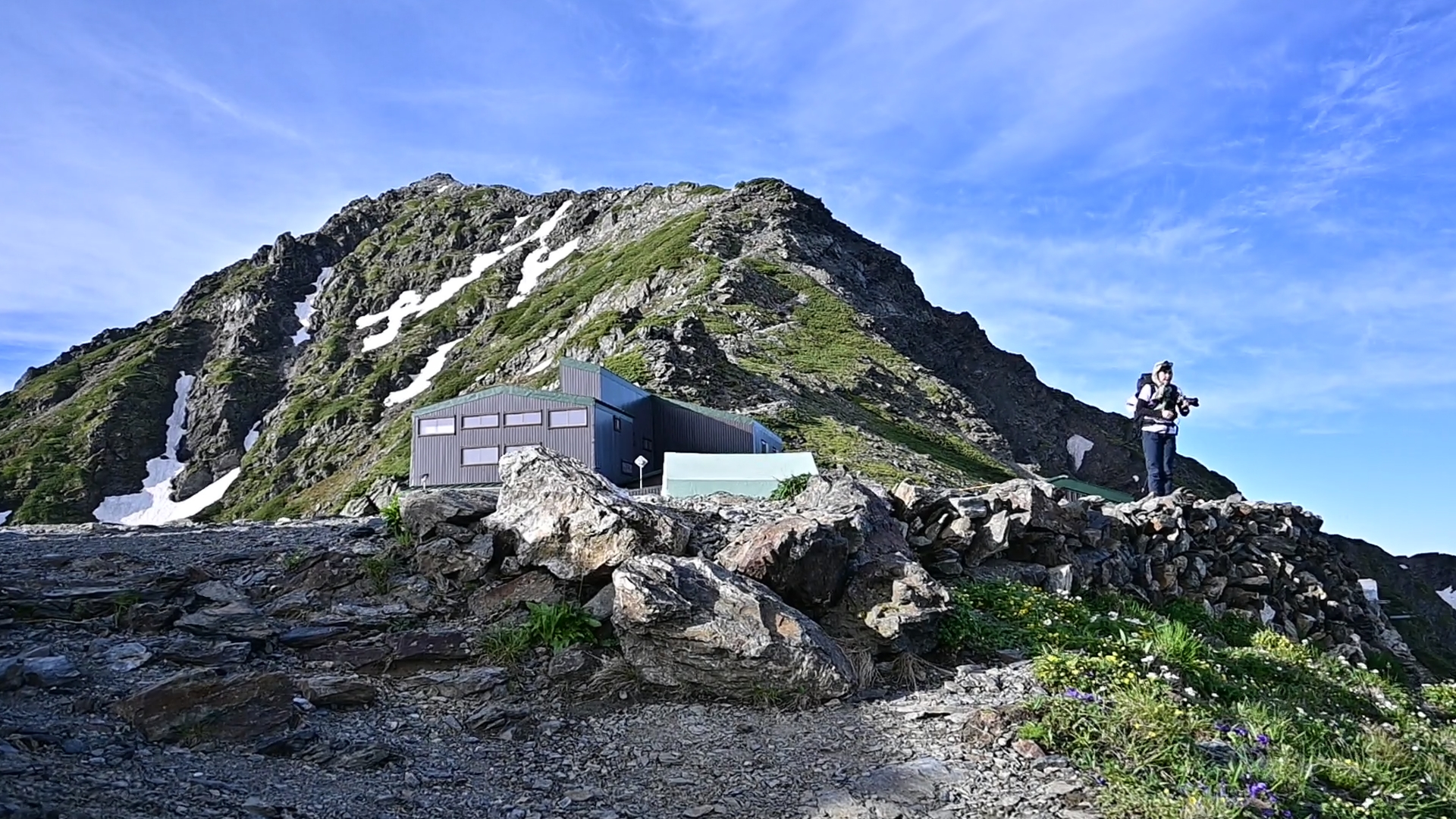
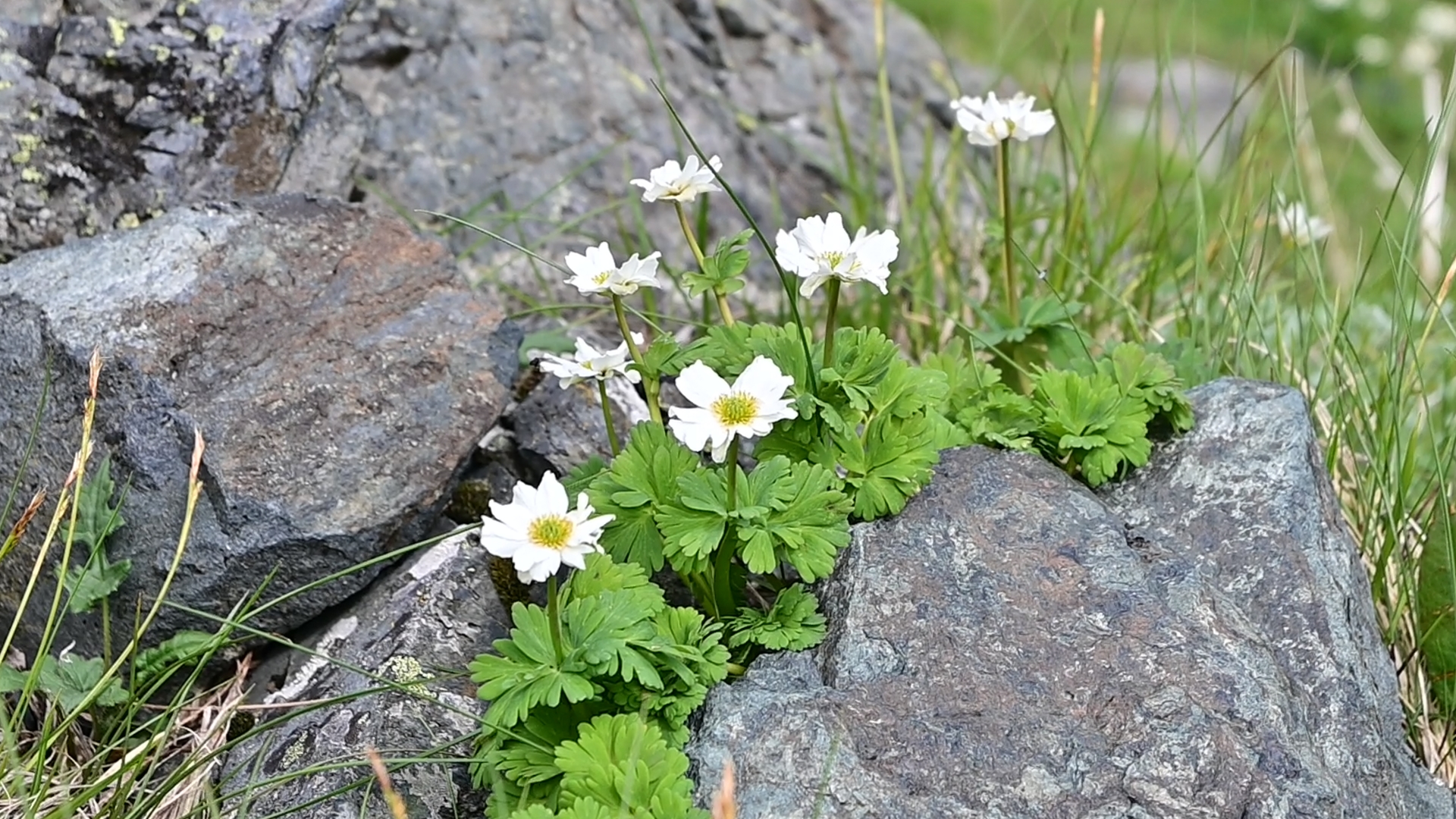
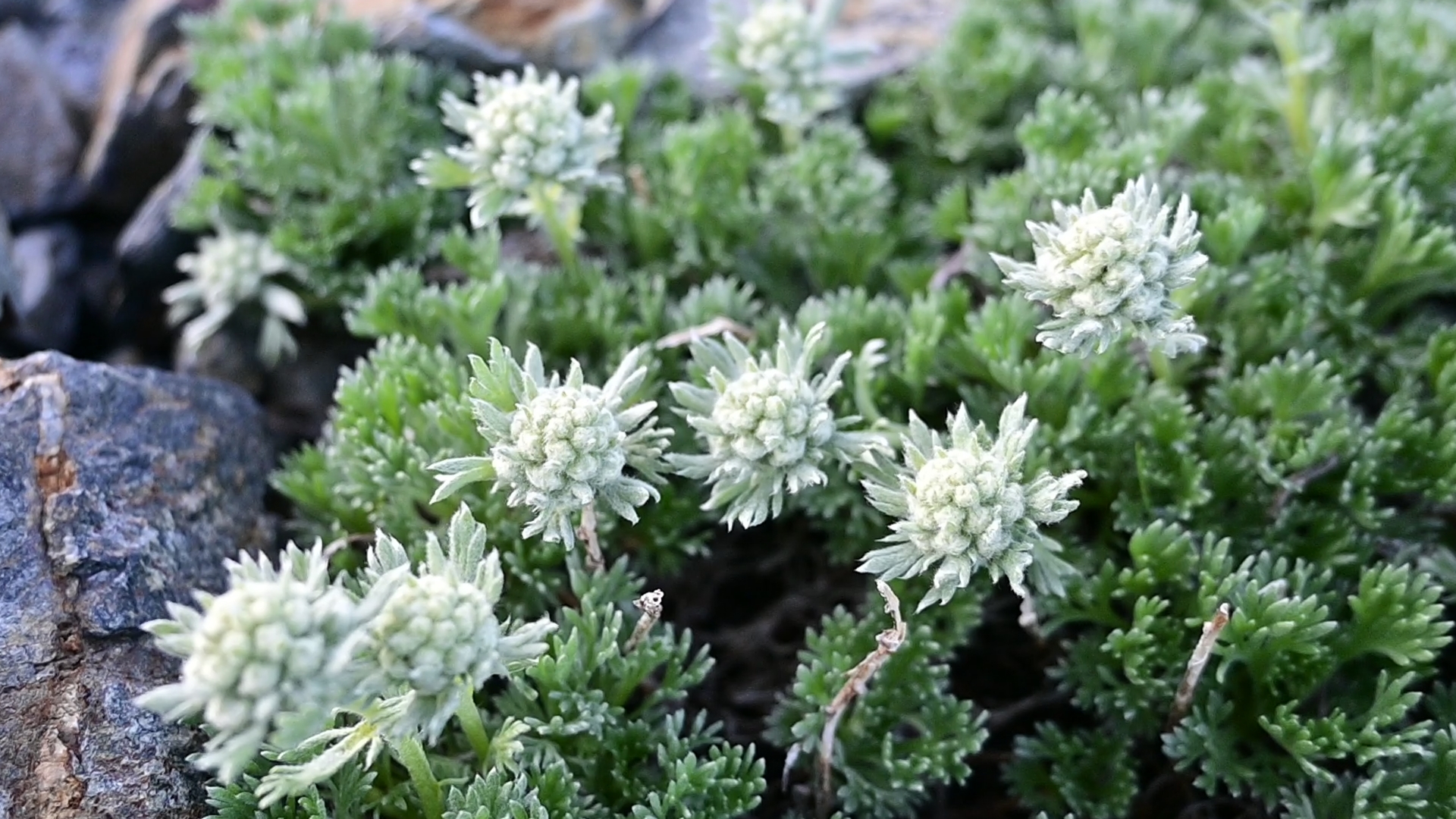
Mt. Kitadake / Kojiさんの間ノ岳・北岳・中白根山の活動データ | YAMAP / ヤマップ

We promote sustainable tourism in collaboration with guests who embrace the vision, emphasizing respect for and enjoyment of the environment, culture, and economy of the regions we visit.

We do our best to mitigate “over-tourism” by exploring less-traveled but captivating destinations - mainly for the comfort of our guests but also for the communities affected by overcrowded attractions.

We integrate “Nature & Culture” into our service by visiting cultural sites and savoring local cuisine on our way to hiking destinations.

We contribute 10% of our profits to the regions we frequently visit.